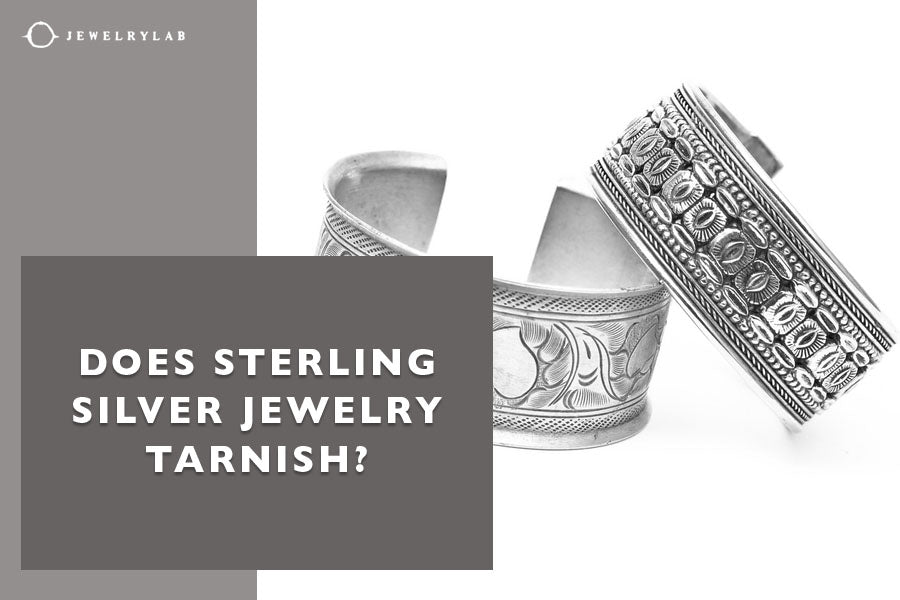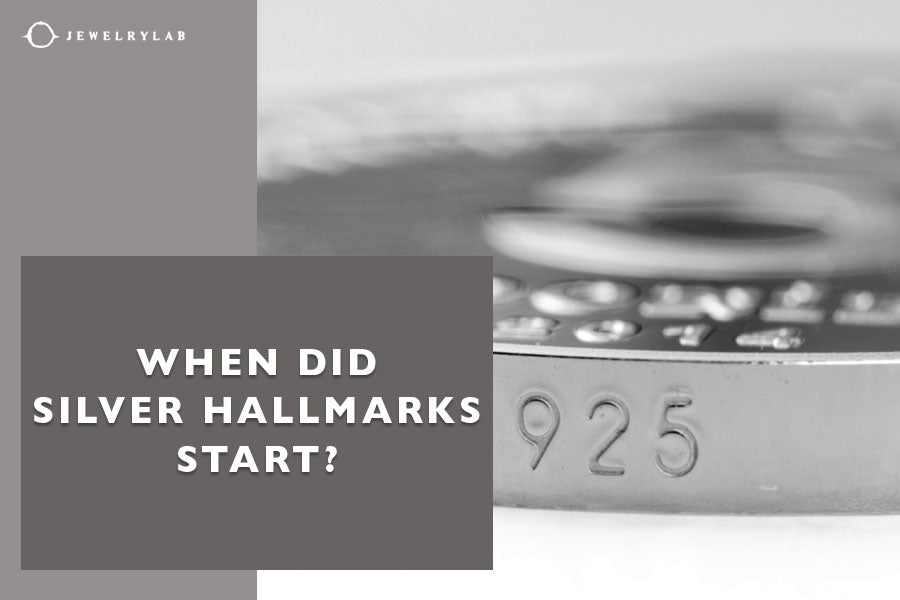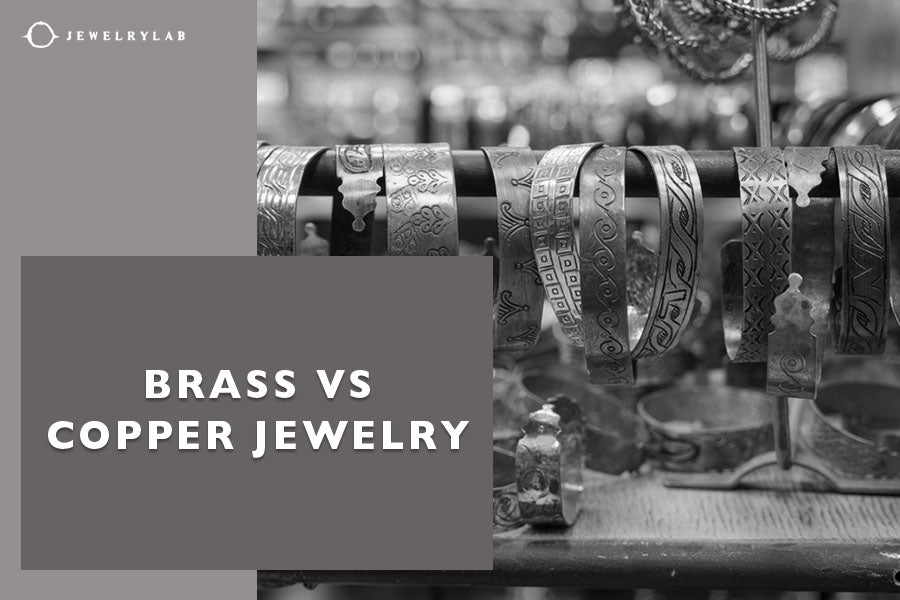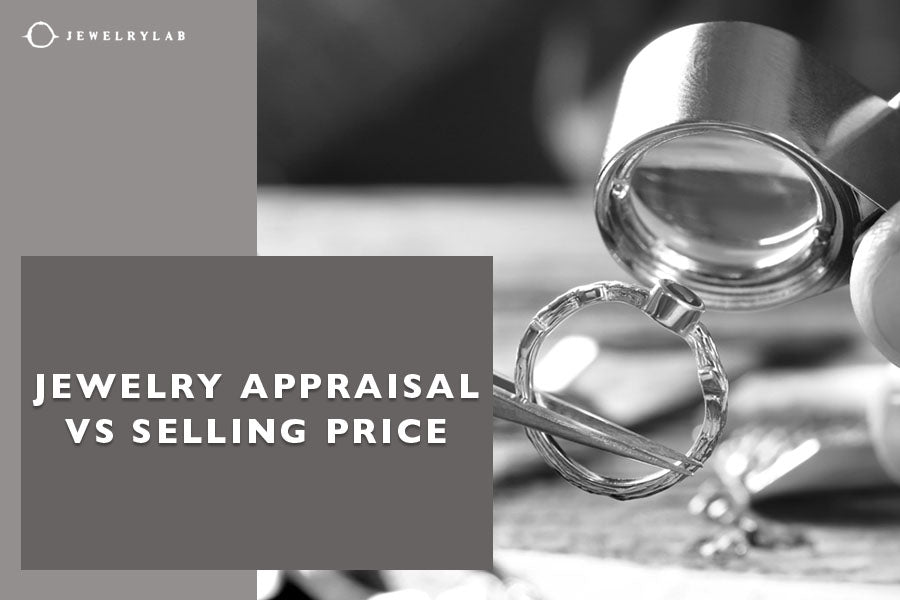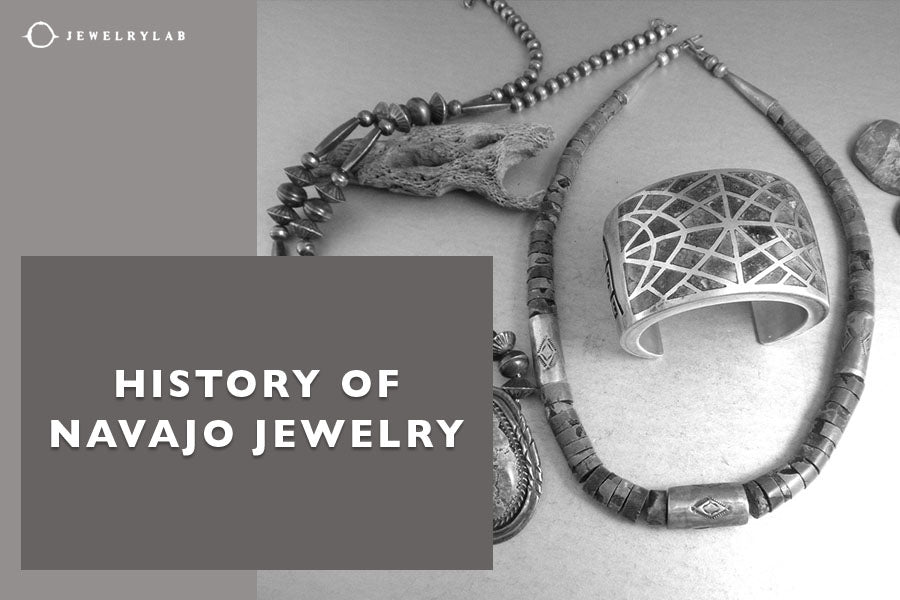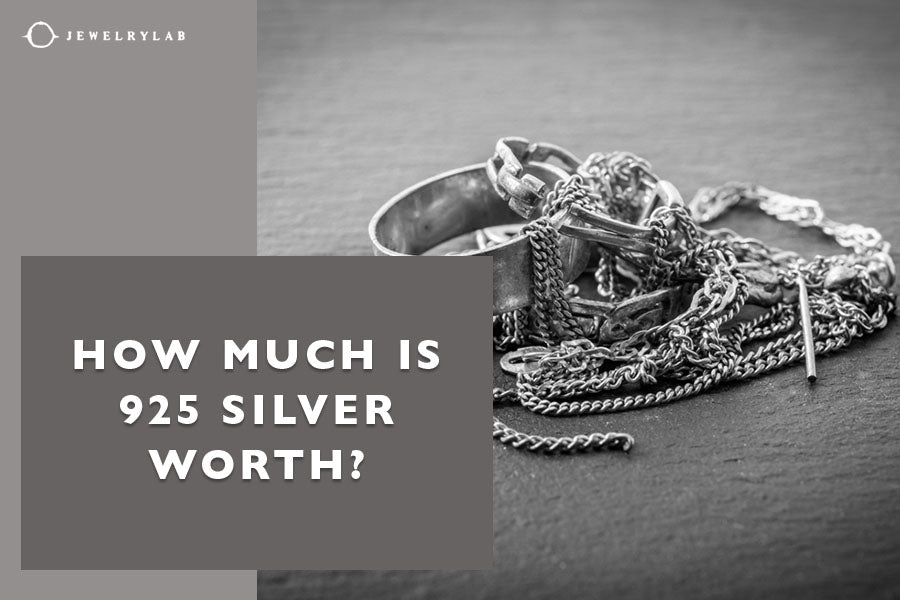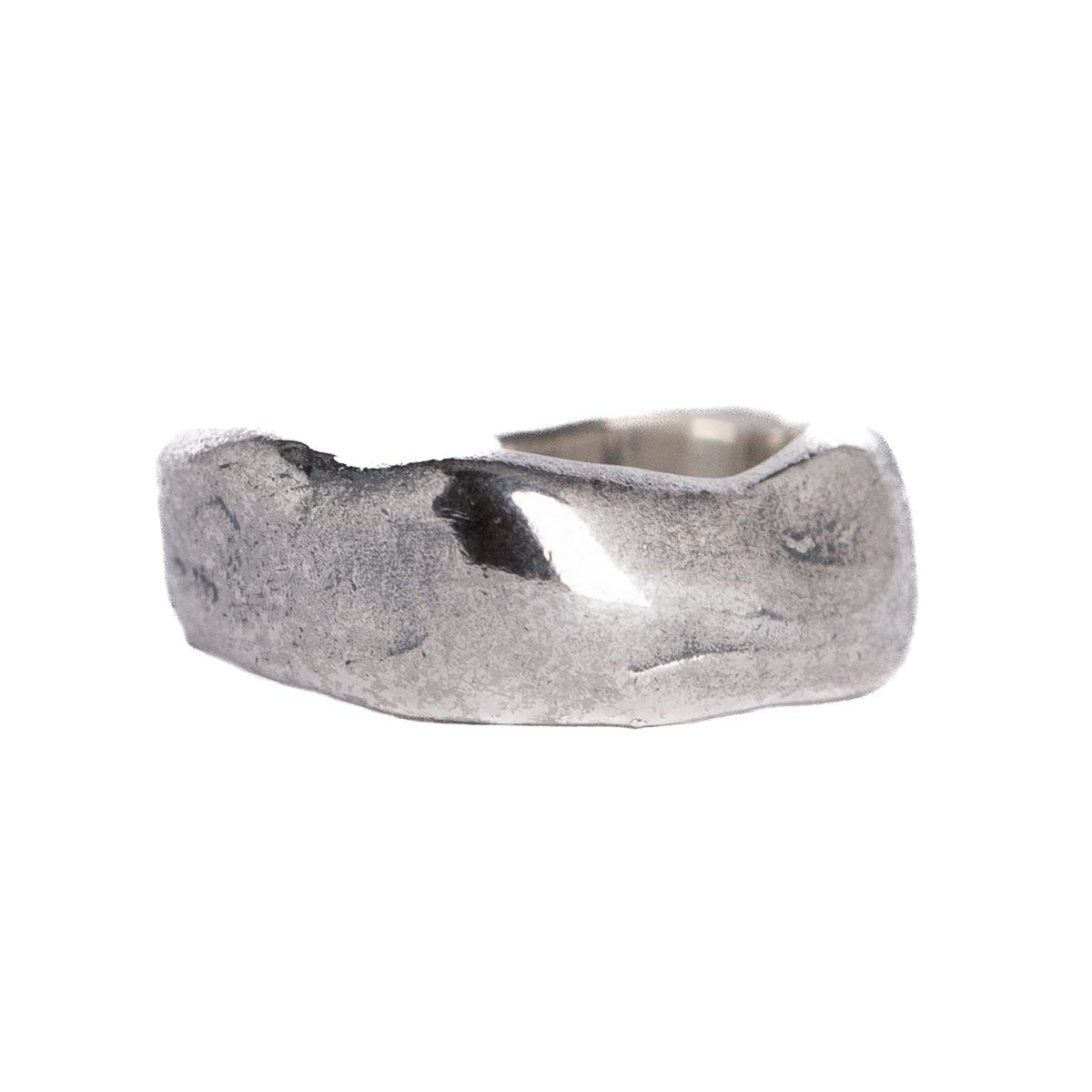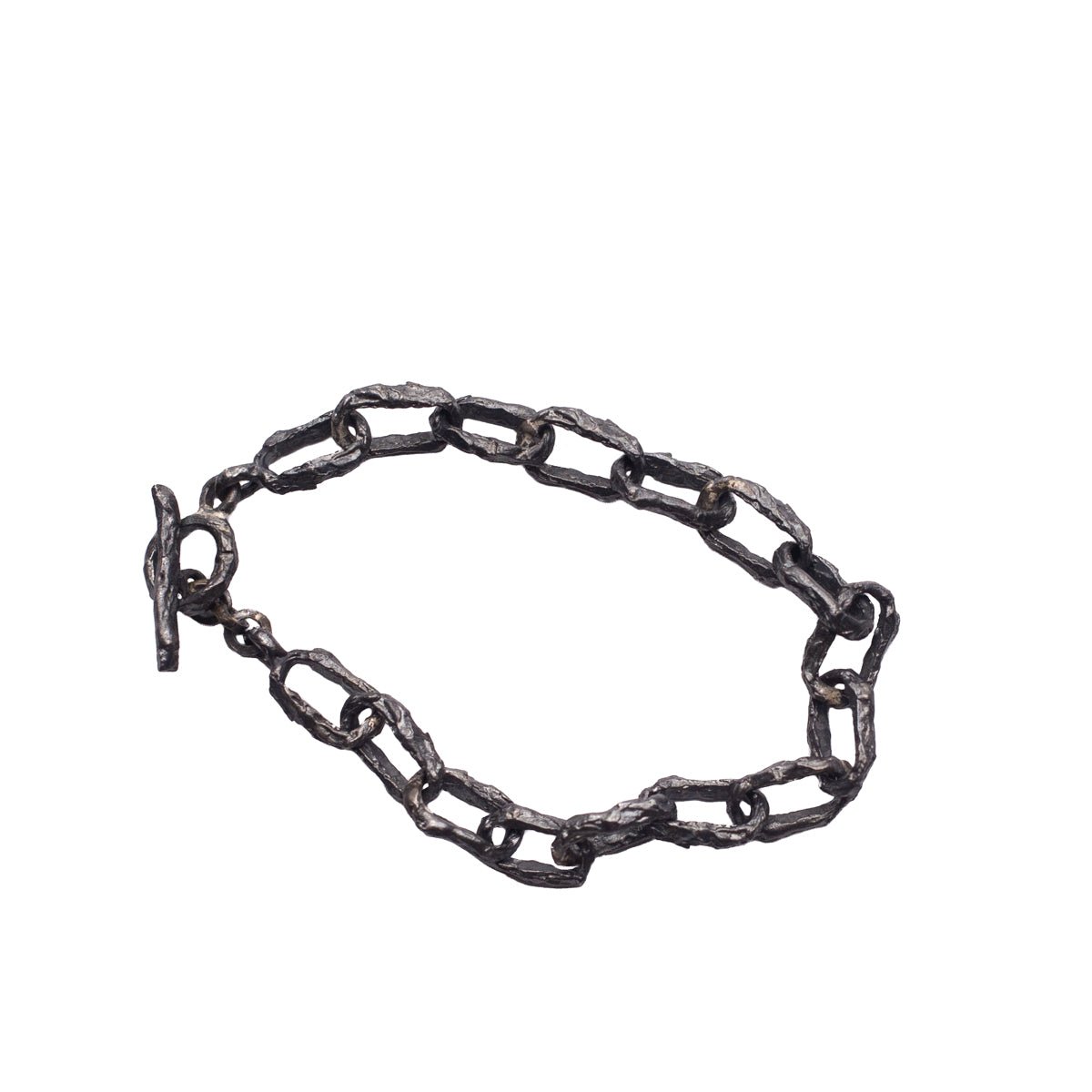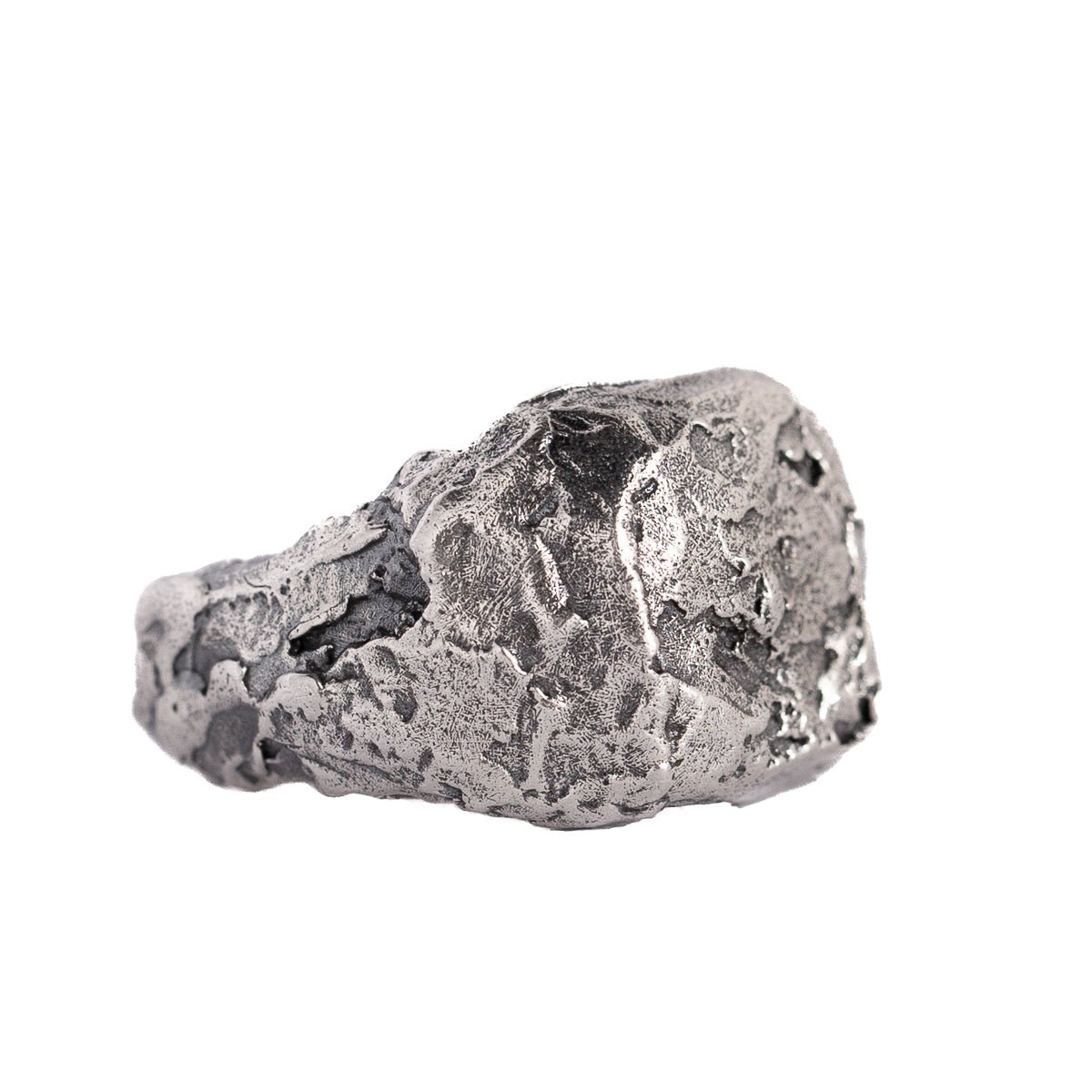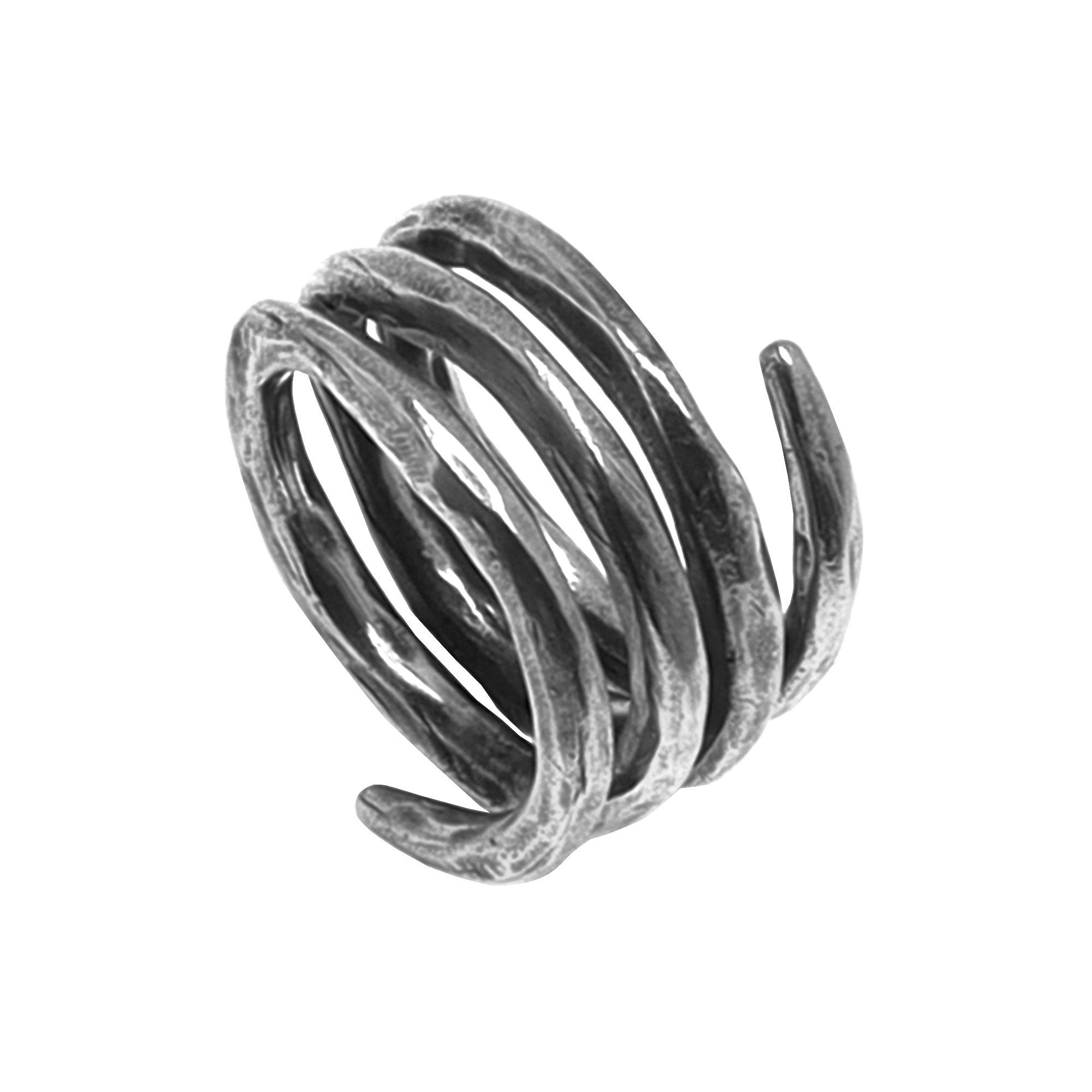by Jesús Zabala - 6 min read
What Is Electroplating Jewelry?
With the evolution of human society and technological advancements, we have also seen numerous developments, even in making jewelry. One popular method in jewelry making is the electroplating process. But what is electroplating jewelry?
Whether you are only interested in reading about it or tying it out at home, read our guide on electroplating jewelry.

Source: shutterstock.com / Photo Contributor: Marben
What Is Electroplating Jewelry? Understanding Electroplating
Electroplating is a process we use in jewelry, through which we apply a layer of one metal to another. Electroplating jewelry is practical and is done for different reasons. This includes adding value, changing the color, preventing tarnish, etc., of jewelry pieces.
Electroplating works for most pure metals and some alloys. Electroplating is most often used on gold and gold alloys, but it may also be done with various other metals. This includes silver, silver alloys, rhodium, etc.
The electroplating process involves using a direct electric current to cover a metal surface or object with a thin layer of another metal. We coat certain metals to provide them with an additional layer of defense against corrosion, rust, and damage.
Electroplating is a relatively simple technique that doesn't need a large investment in expensive equipment. The plating adheres permanently to the base metal's surface through the formation of a chemical bond.
In jewelry, we utilize electroplating for many purposes and benefits.
Protective layer
Adding a coat of metal over another forms a protective barrier. The protective layer keeps the coated-over metal safe from atmospheric influences that may cause corrosion.
Moreover, electroplated jewelry pieces tend to last longer, allowing them to retain their value over time.
Better appearance
Applying a thin layer of some precious metal, such as gold coating, over brass improves its appearance and value. Electroplating with precious metals is also a cost-effective way for jewelers to make appealing jewelry pieces.
These plated jewelry pieces are also affordable to a larger pool of customers due to the lower price ranges.
Increased hardness and thickness
Electroplating also provides jewelry with additional protection against damage. The additional coating increases the thickness of the jewelry and makes it harder. This means even if you drop or accidentally strike the piece, it likely won't incur any damage.
Types of Electroplating Methods
Electroplating dates back to 1805, when the Italian chemist Luigi Valentino Brugnatelli invented it. He did so using Alessandro Volta's voltaic pile to achieve the first electrodisposition.
Today, there are several electroplating methods, including traditional, electroless, and brush plating.
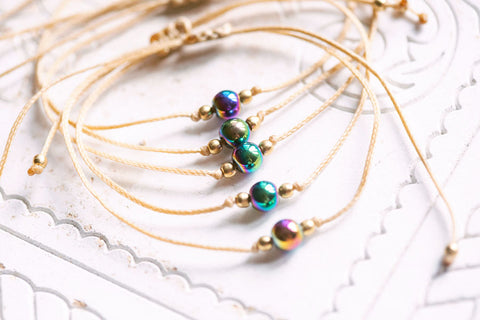
Source: shutterstock.com / Photo Contributor: Marben
Traditional electroplating
With traditional electroplating, we utilize electrodeposition to coat jewelry. The traditional electroplating process involves passing an electric current through an electrolyte solution.
Two electrodes are dipped in the solution, which connects them to a powered circuit. The two electrodes are the Cathode and the Anode. The Cathode is the object (jewelry piece) you plate, while the Anode is the metal used as a coating.
When electricity passes through the circuit, the electrolyte splits metal atoms from the Anode and deposits them on top of the Cathode. The process creates a thin coating on the jewelry pieces added to this solution.
Electroless plating
Unlike electroplating, the electroless plating method does not rely on using electricity as an external power source. Electroless plating is also known as autocatalytic, and it is more cost-effective than traditional electroplating.
This non-galvanic plating method involves chemicals instead of electricity. The process involves submerging the jewelry piece in the aqueous solution. A reaction occurs during the solution. During the reaction, a reducing agent releases hydrogen.
The hydrogen gets oxidized to produce a negative negative charge on the surface of the piece. The electroless plating method evenly disperses metal ions inside holes and edges of the irregular jewelry shapes and forms a coating layer.
Brush plating
Similarly to the electroplating method, brush plating also utilizes electricity. This method involves plating jewelry using a stainless steel brush saturated with an electroplating solution.
The brush is wrapped with a cloth material that is absorbent and can hold the solution while preventing direct contact with the piece being plated. Instead of submerging the jewelry piece in a plating solution, you dip the brush in it.
After dipping it, you move the brush continually over the piece and distribute the electroplating solution evenly.
Metals Used in Electroplating Jewelry
Gold
Gold provides a strong defense against oxidation and electrical conductivity. Gold plating metals such as copper and brass make them more accessible to a wider customer pool.
The technique is primarily applied to jewelry pieces, like rings, necklaces, earrings, etc.
For instance, adding pure 24k gold electroplating to jewelry made of carat gold gives it a deeper gold hue.
Applying a layer of a carat or pure gold electroplating conceals solder lines and part color variances. It also provides a more consistent finish.
Electroplating to produce a varied desired color; co-depositing gold with other metals allows for a broad color range.
Silver
Silver is another precious metal that we use as a coating of jewelry. Most often, jewelers electroplate sterling silver jewelry with pure silver. Adding this extra layer of 100% silver to the sterling silver gives it a lasting shine and extra defense against daily wear and scrapes.
Rhodium
Although rhodium is too hard to work within its natural solid state, as an alloy, it may be utilized to melt palladium and platinum. When applied as plating, rhodium produces an exceptionally bright and thick finish.
Any metal that has a rhodium finish put to it will look much better and last longer. The unique, deep grey tint that rhodium imparts to silver jewelry accentuates the colors of any crystals or stones that the piece has.

Source: shutterstock.com / Photo Contributor: DUO Studio
The Electroplating Process
Surface preparation
We begin by preparing the jewelry's surface. This generally entails sanding, polishing, or stripping the area of the jewelry.
After that, it's time to clean items that have excess dirt or oil on their surface using ultrasonic or electrostatic cleaning.
Some jewelers do a second cleaning cycle, using intense steam cleaning this time. This last stage completely dries the object and eliminates any remaining oils.
Equipment setup
The next step involves preparing the equipment needed for electroplating the jewelry. Professional jewelers like us use dedicated electroplating equipment. There are even special electroplating kits available that you may buy for at-home plating.
The electroplating equipment needed is the following:
-
Electroplating tank or bath. It is best to use glass or plastic beakers with lids.
-
Rinsing tanks, also with lids.
-
Reliable power supply with sufficient current output.
-
Electrolyte temperature heating and control system.
-
Insoluble anodes like platinum or a platinum-plated titanium sheet.
-
Inert connecting wires (copper or stainless steel) for electrodes immersed in the solution tank.
Immersion/application in electrolyte bath
The pieces for plating get suspended in the electrolyte bath or tank. Once immersed in the positively charged electroplating solution tank, its ions will be drawn to the negatively charged jewelry. This process creates the electroplating coat on the surface of the jewelry.
Finishing and post-plating processes
In order to get rid of any remaining residue, the jewelry pieces need to be cleaned with water. Once cleaned, the jewelry pieces are left to dry out completely. During the drying process, it is important to ensure that the pieces do not touch.
After the jewelry is completely dry, we inspect the pieces to determine if another coat is needed. If so, we will repeat the immersion process.
Note: If you are looking for ways how to electroplate jewelry at home, the steps are more or less the same. You’d need to purchase an electroplating kit, thoroughly clean the jewelry pieces, immerse them into the solution, clean the plated jewelry with water, and let it air dry.

Source: shutterstock.com / Photo Contributor: Marben
Conclusion
What is electroplating jewelry? As we mentioned above, electroplating is a process we use in jewelry to coat pieces usually with precious metals.
Electroplating involves submerging jewelry in an electrolyte solution and passing electricity through it. This process is excellent for adding value to jewelry and protecting it from rust.


